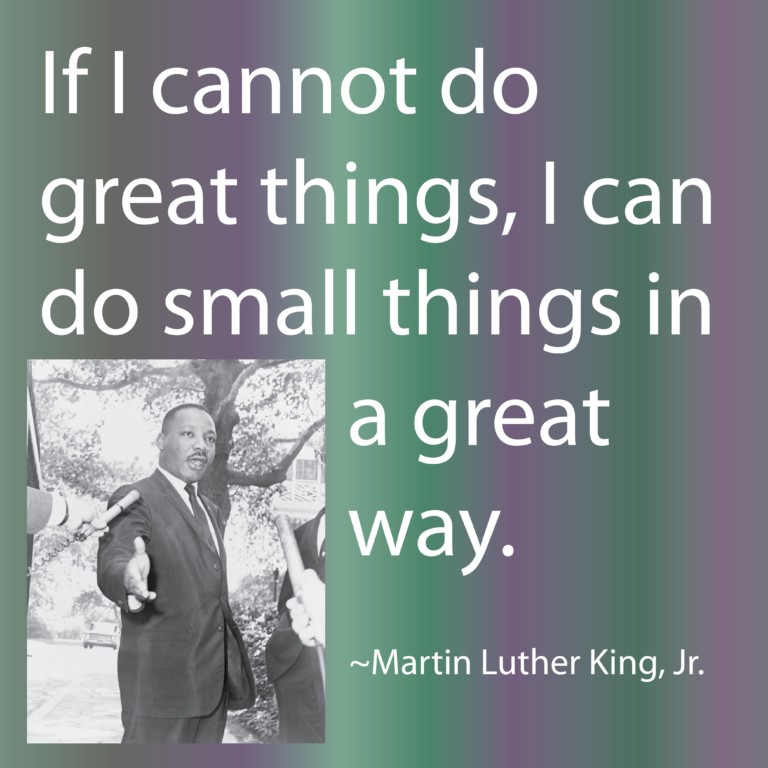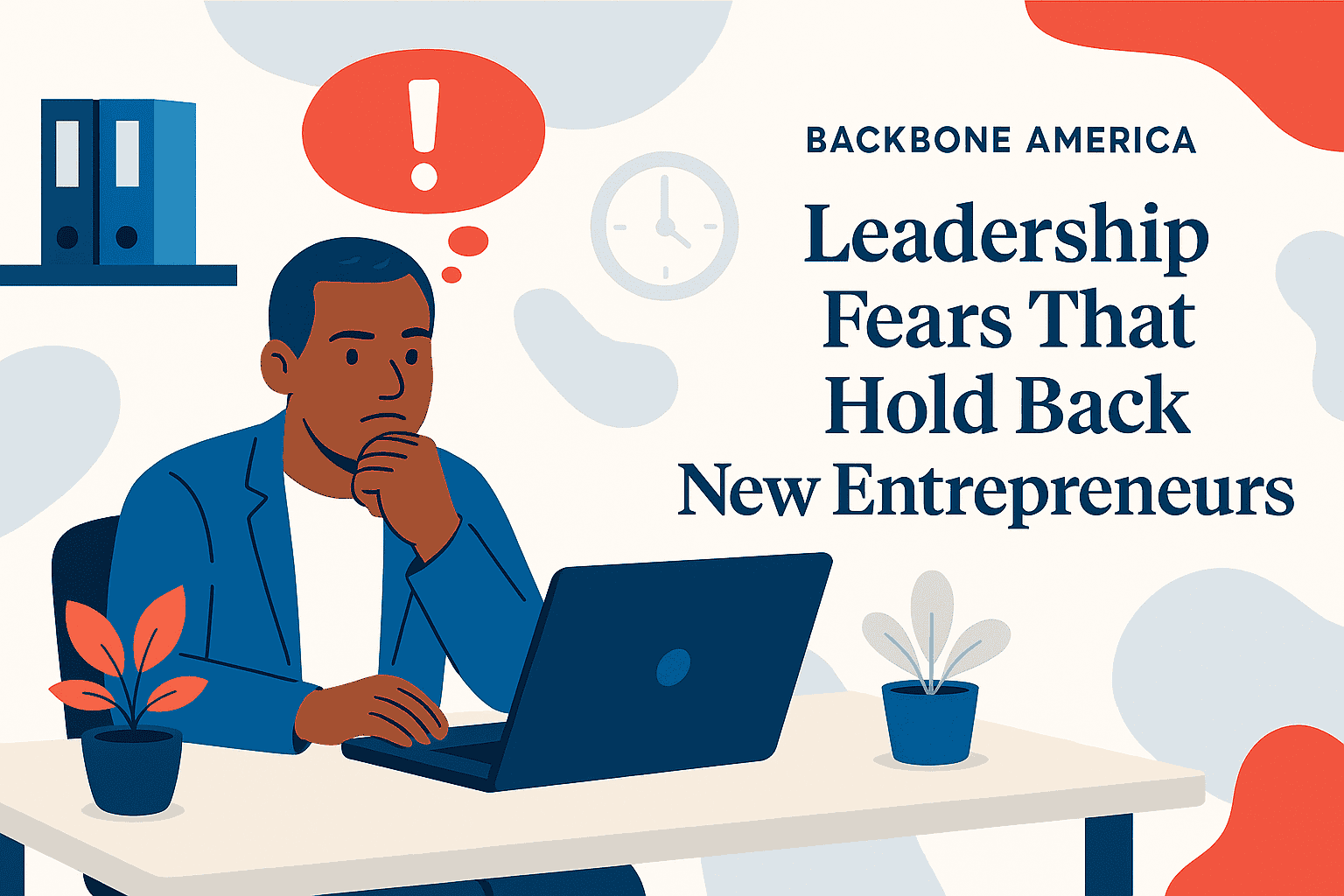Startup Saturdays
A real employee exit strategy isn’t about quitting your job tomorrow—it’s about starting your business today in a way that gives you options later. It’s the quiet kind of power move: building while employed, so you can leave when it makes sense, not when things fall apart.
Because let’s be honest—most of us can’t afford to leap without a landing.
When I revived Backbone America, I didn’t do it from a place of desperation. I was employed. I liked the work. But I also knew I didn’t want to be dependent on that job forever. I wanted more freedom, more flexibility, and a way to use my skills without being stuck in someone else’s schedule.
If you’re feeling that same pull—restless but not reckless—this post is for you. Let’s talk about how to start smart, build slow, and exit strong.
What a Long-Game Exit Strategy Actually Looks Like

A long-game strategy isn’t about picking a date—it’s about designing a direction.
It means you start building a business that aligns with the life you want before you’re ready to walk away from the one you’ve got. And that requires a different kind of thinking—not urgency, but clarity. Not hustle, but structure.
The real work isn’t in leaving your job. It’s in setting up something strong enough that leaving becomes a natural next step.
That starts with asking hard, honest questions:
What kind of business can grow without me needing to quit first?
How much time do I realistically have right now—and what’s the best way to use it?
What will my future self thank me for doing today?
Because here’s the truth: most of the people who successfully transition from employee to entrepreneur aren’t the ones who jumped early. They’re the ones who built smart while no one was watching. Who used their job as leverage instead of treating it like a trap. Who created systems that gave them margin before they needed it.
That’s what the long game really is: a series of intentional moves that lead to freedom—not because you rushed, but because you planned.
Start with Business Models That Don’t Demand Daily Hustle
A sustainable employee exit strategy doesn’t start with quitting your job. It starts with choosing a business you can actually build while still employed.
Not all models make that easy. Some are so demanding they’ll burn you out before you even leave your paycheck behind. But here’s the thing—just because you don’t have 40 hours a week doesn’t mean you don’t have options.
This is where a lot of would-be founders get stuck. They think, “I’d love to start a business, but I don’t have time.” So instead of asking, “Do I have time to build a business?” try this: “Can I shape my business idea to fit the time I have?”
That’s the shift. That’s what it means to approach things differently.
- What if your offer didn’t rely on constant availability?
- What if your marketing didn’t require daily posting?
- What if delivery could be streamlined from the beginning—not added in later?

You don’t have to abandon your idea. But you may need to reimagine how it comes to life. That’s where creativity meets strategy.
This isn’t about finding the perfect niche or copying someone else’s model. It’s about designing a business that respects your reality right now—and gives you room to grow into the future you want.
Ask yourself: What would this look like if it worked for me—not just someday, but today?
Because here’s the truth: If your employee exit strategy depends on building a business that needs you 24/7, it’s not a strategy—it’s a second job.
And you don’t need another job.
You need a foundation.
That’s why choosing the right kind of business matters more than picking the fastest one. A long-game approach favors models that leave space—for your energy, your schedule, and your life. That usually means lower overhead, high clarity, and delivery methods that aren’t constantly on fire.
You don’t have to go all in on coaching, content creation, or client work just because that’s what the internet shouts the loudest. In fact, many of those models require a level of visibility and time commitment that most employed founders just don’t have.
These aren’t shortcuts. They’re leverage points. You’re not avoiding the work—you’re redesigning it.
Because if the goal is freedom, the model you choose can’t just work when you have 40 hours to spare. It has to work now—on nights, weekends, lunch breaks.
It has to bend around your life as it is—while quietly building the one you’re working toward.
Fund Your Business with a Built-In Investor: You
One of the most overlooked advantages of an employee exit strategy is that you already have an investor.
It’s you.

Your paycheck isn’t just income—it’s leverage. It’s what allows you to fund the early stages of your business without panic, without loans, and without needing your first offer to cover rent. That’s a privilege worth protecting.
But here’s where it gets tricky. Most people don’t treat their job like a financial launchpad. They treat it like something they have to escape. And in doing that, they miss out on one of the smartest moves they can make: using today’s income to build tomorrow’s freedom.
This doesn’t mean draining your bank account or investing in every shiny tool. It means making intentional decisions with long-term impact.
- What systems will save you time?
- What software will help you scale?
- What knowledge will position you to lead, not scramble?
That’s how I approached it.
Before Backbone America made a dime, I was setting things up behind the scenes—paying for tools out of pocket, building automations on weekends, and treating every dollar like seed capital. I didn’t frame it as a loss. I framed it as owner’s equity—money I was investing into my future business, on purpose.
“That mindset matters. Because when you stop resenting your job and start using it as a tool to fund your exit, the process becomes a whole lot more strategic—and less emotionally draining.” You stop rushing. You stop resenting. You start building from a place of power.
The business you’re growing doesn’t need to cover your lifestyle right away. It just needs to deserve your investment—and then prove it over time.
Build in Stages (Not Spurts)
Your employee exit strategy doesn’t need a sprint. It needs a system.
One of the most powerful things you can do while still employed is pace yourself on purpose. Not just to avoid burnout—but to build something that can stand without constant crisis-mode effort.
That means letting go of the pressure to “launch big” and embracing the strength of starting small.
Start with your first offer. One that’s clear, helpful, and realistic to deliver alongside your current job.
Test it. Sell it quietly. See how it feels to serve real people—not just brainstorm ideas.
Then improve it. Build structure around it. Add a simple workflow. Create a repeatable process. From there, start to shape the full client journey. Add a follow-up sequence. Strengthen your onboarding. Automate the pieces that don’t need your hands.
This is the long game. You don’t need everything done in month one. You need to build in a way that lets you learn, adjust, and grow without collapsing your schedule—or your sanity.
The beauty of working a full-time job while building is that you’re not desperate. That gives you the freedom to build with strategy, not stress. So take it one stage at a time.
Test. Refine. Systemize. Then scale.
That’s not a delay. That’s how sustainable businesses are built.
When to Stay—and When to Start Letting Go
 An employee exit strategy isn’t just about how you leave. It’s also about when—and even whether you leave at all.
An employee exit strategy isn’t just about how you leave. It’s also about when—and even whether you leave at all.
That timing won’t look the same for everyone. Some people feel ready to exit as soon as the business earns a few thousand dollars. Others stay long after it could replace their paycheck. There’s no perfect number, no universal signal. Just a question worth asking: Does this still fit the life I’m building?
That’s what it comes down to—not pressure, but clarity.
It reminds me of that show Tidying Up with Marie Kondo. She encourages people to ask, “Does this spark joy?” when deciding what to keep. And maybe your job still does. Maybe it brings structure, purpose, or even genuine satisfaction. If it sparks joy—or still adds value—you don’t have to toss it just because your business is gaining traction.
The business you’re building isn’t there to trap you into a decision. It’s there to give you options.
That might mean staying longer than you expected. Or leaving sooner than you planned. It might mean reducing hours, renegotiating your role, or shifting into consulting instead of full-time employment.
The point is: freedom doesn’t always mean walking away. Sometimes it means getting to choose what stays—on your terms.
So if you feel yourself crossing a threshold—where the business is running smoother, clients come more easily, and your systems are doing the heavy lifting—it might be time to explore what’s next. Not because you have to leave, but because now you can.
That’s the real power of a long-game strategy. It doesn’t push you out. It invites you forward.
The Exit Isn’t the Goal—Freedom Is
It’s easy to fixate on the moment you leave your job. The announcement. The resignation letter. The clean break. But that’s not the real win.
Because the goal was never just to exit.
The goal was freedom.
Freedom to design your days. To use your skills in a way that feels aligned. To build something that grows with you—not something that drains you the moment it scales.
A smart employee exit strategy doesn’t rush you toward a finish line. It walks you toward choice. It creates options, space, leverage. And the truth is, the longer you play the long game, the more of that freedom you get to keep.
There’s no one-size-fits-all path. Some people build a business to reclaim their time. Others want to use their skills differently, or create something of their own. Your reason doesn’t have to look like anyone else’s.
What matters is that your exit strategy reflects your goals—not just urgency, pressure, or a need to prove anything.
Whether you’re months away from stepping out or just starting to explore what’s possible, keep asking the deeper question: What kind of life am I building—and how can my business support that, now and later?
Because that’s the real destination. Not the exit itself, but the freedom on the other side.
Your next steps
If you’re building toward that freedom too, I’d love to help. Sign up for the Backbone email list to get real-world tools, startup clarity, and support for every stage of your journey—not just hype. You’ll get resources that actually help you move forward.






